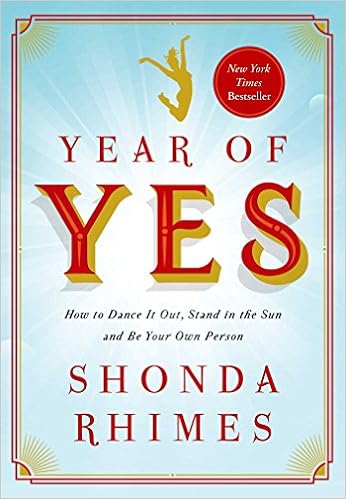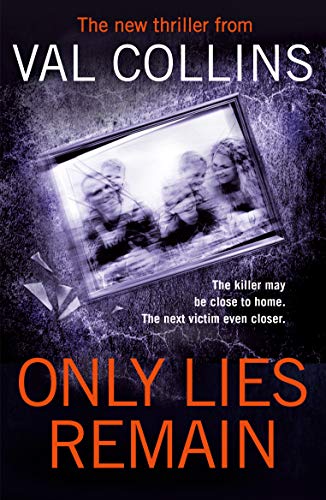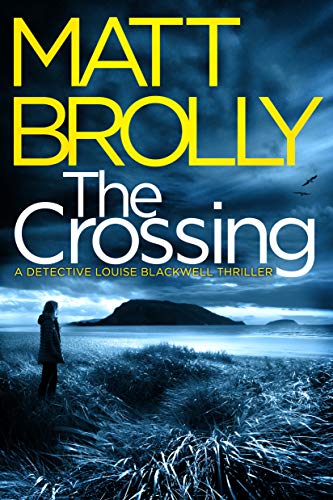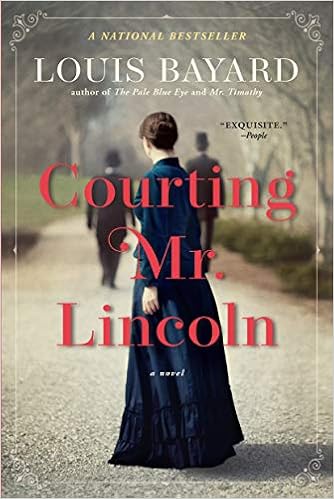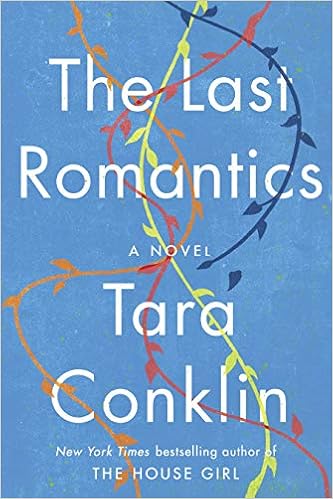Let me begin by stating that I had never heard of Shonda Rhimes, and though
I have heard of her television shows, I do not watch them. I also do not tend to read either memoirs or
self-help books so this book is not my usual reading. I read it because it was chosen by my book
club.
Shonda decided that she was going to spend a year saying yes to all the
things (like speaking in public) that terrified her. She spends the book discussing what she
learned and how these things changed her life.
If you are looking for gems of wisdom, don’t look here. There is nothing new, just simplistic
platitudes you have undoubtedly heard before:
conquer your fears and go outside your comfort zone; cultivate true friendships
but say no to toxic relationships; accept compliments and be unapologetic about
your abilities and successes; maintain a work/personal life balance; love yourself
and speak up for yourself.
There is no doubt that Rhimes is an intelligent, talented, hard-working
woman who has accomplished a great deal in her chosen career, but sometimes
this book is more self-promotional and self-congratulatory than self-help. Rather than stimulating thought in the
reader, she focuses on a few of the challenges she faced in a year: appearing on Jimmy Kimmel Live, delivering a convocation speech, being
interviewed by Oprah. Including the full
text of three speeches she delivered seems self-indulgent.
The writing style will appeal to some people. It is
conversational in tone with lots of one-word sentences and one-sentence
paragraphs. I, however, found it became
very annoying after a while because of its repetitiveness. Everything is said at least three times: “I’m competitive. Not normal-people competitive. Not friendly competitive. Scary-psychotic competitive” (31) and “I lean
in. I lean all the way in. I lean so
far in that sometimes I’m lying down” (31) and “He heard me the first
time. You know he did. I know he did. We ALL know he did” (60). The book is a fast read but it could have
been much shorter with some judicious editing.
Rhimes learned to speak up for herself but doesn’t seem to know how to
express herself succinctly!
Some would consider this my failing, but because I do not watch Shonda’s
television shows, there are many references in the book which mean nothing to
me. What is the Chocolate Factory scene
in Grey’s Anatomy? Why does Sandra Oh have to hold a slippery
fish so her character on Grey’s Anatomy
can regain what she’s lost? Who is Kerry
Washington? Rhimes goes on and on about the
character of Dr. Cristina Yang: “Cristina
Yang was the walking validation of my dreams” (247); this discussion explains
nothing to anyone like me who didn’t watch Grey’s
Anatomy. The book was written only
for followers of Shonda’s productions?
There are sections that left me confused. When beginning her year, Rhimes determined that
“I am miserable. . . . I am miserable. Truly, deeply unhappy
(23). Six months later, she tells
graduates at her alma mater that “I am truly happy” (85)? She claims that as a kid she was “way too
chubby” (233), but none of the photos show her this way? In the prologue, she repeats, “See, I am an
introvert. Deep. To the bone.
My marrow is introvert marrow. My
snot is introvert snot” (xxv). How,
then, did she manage to sell her shows to television executives?
I wish I had said yes to not finishing this book!
